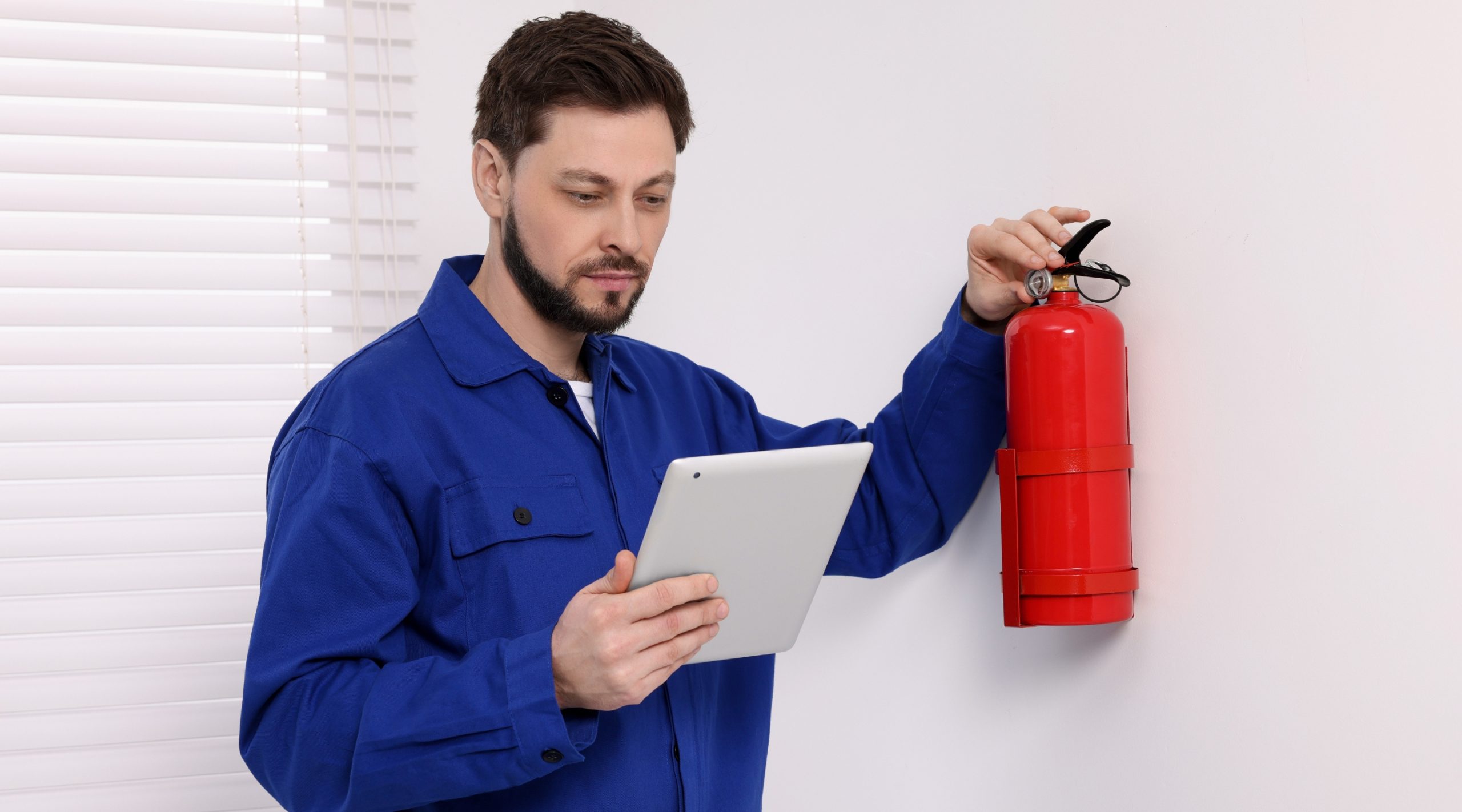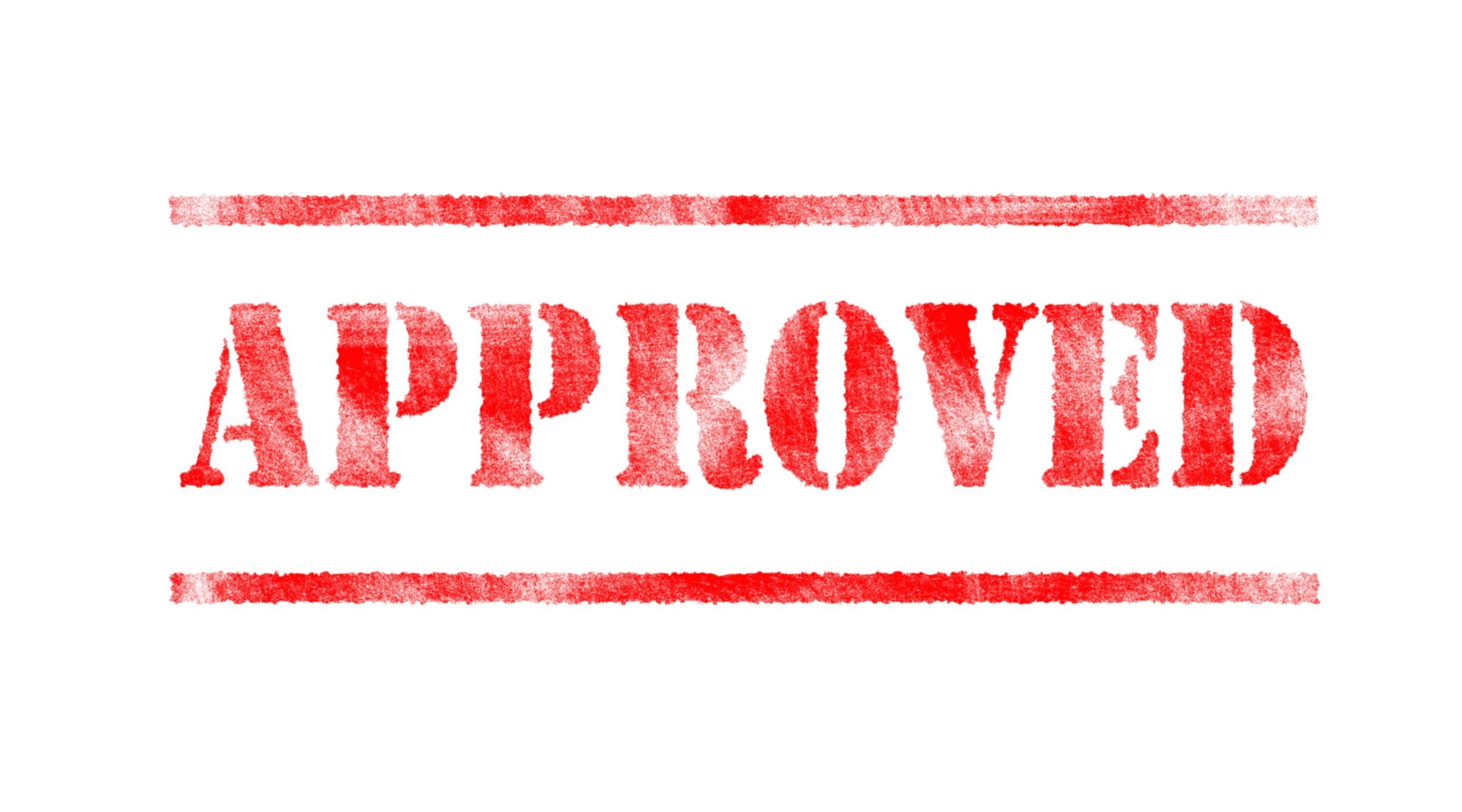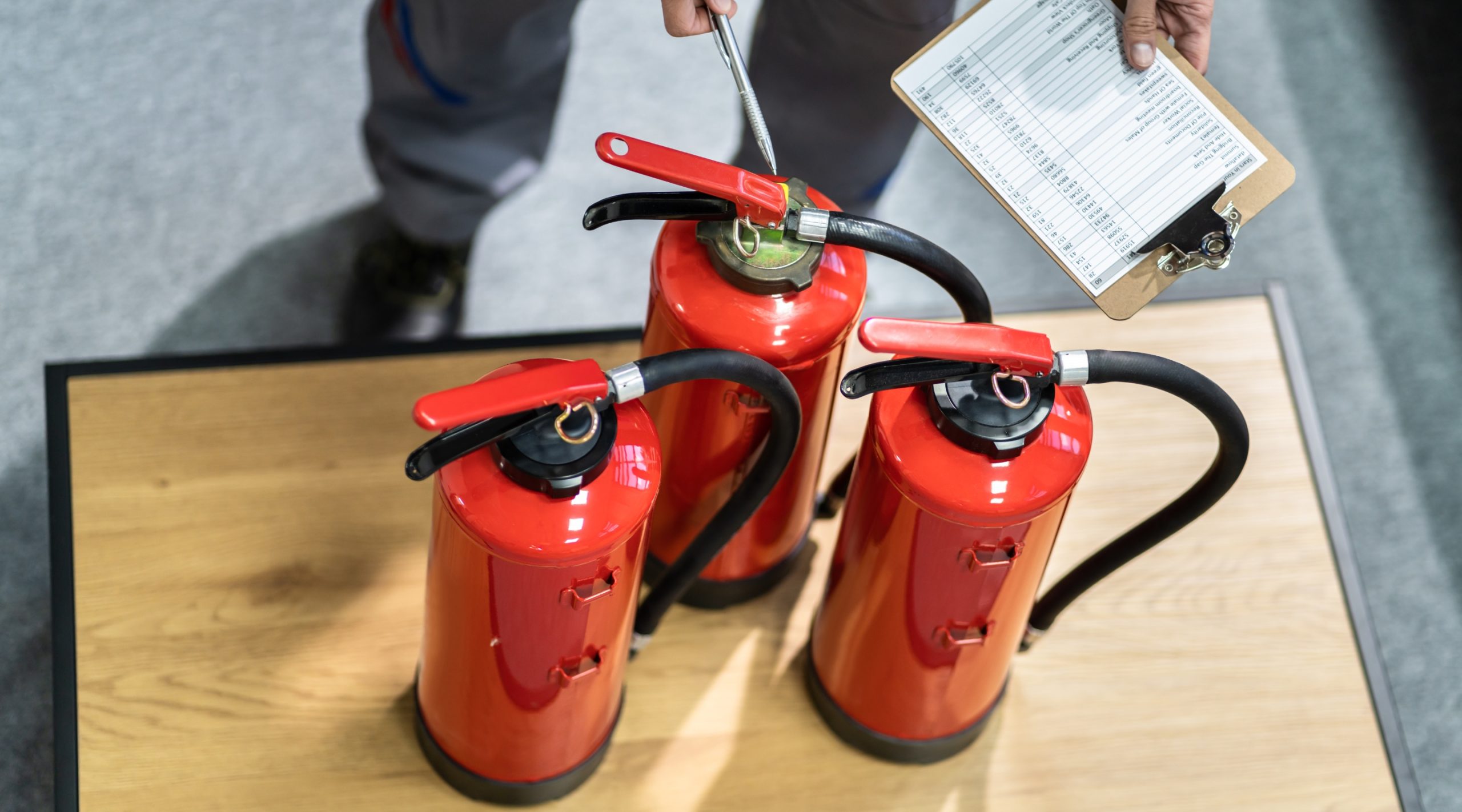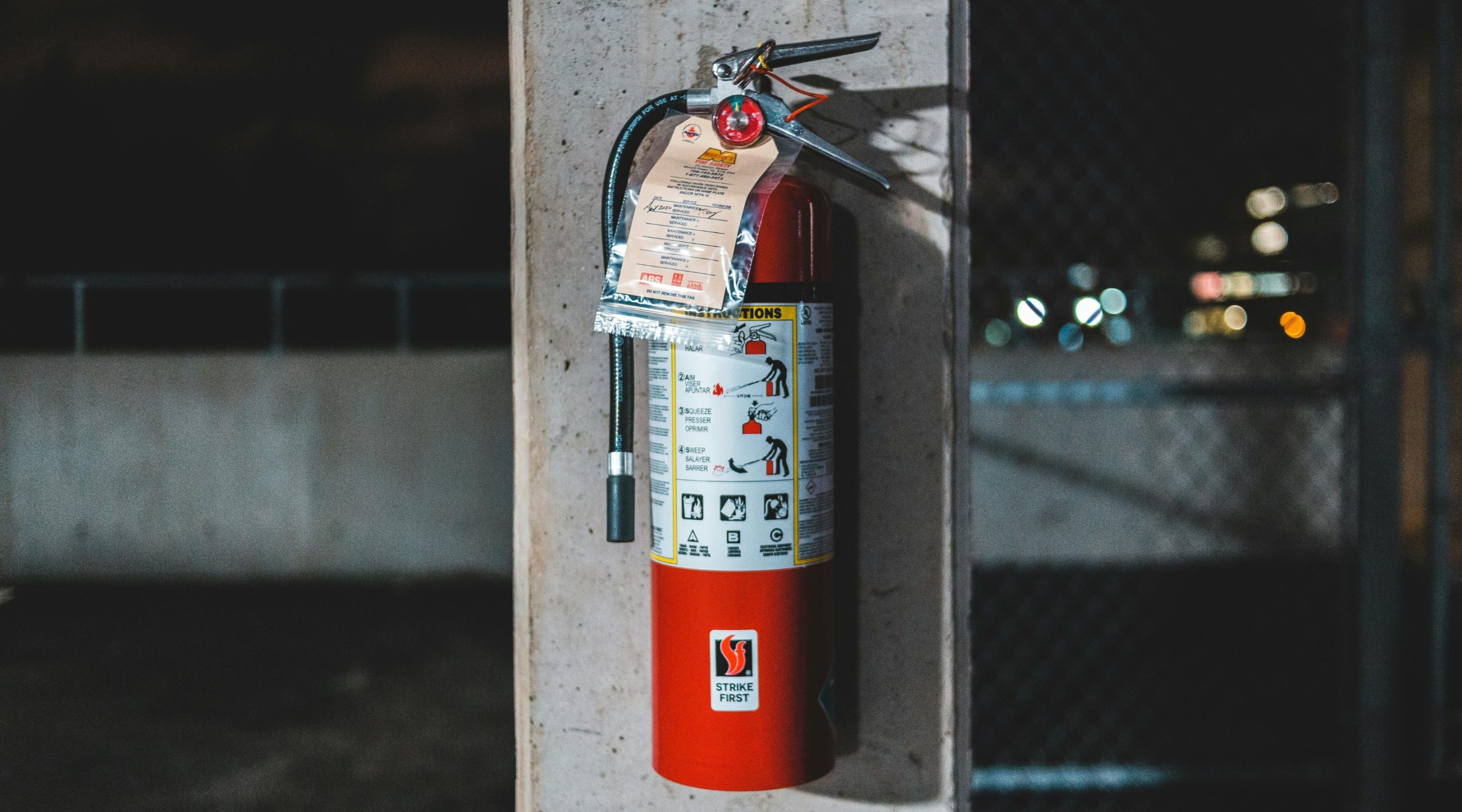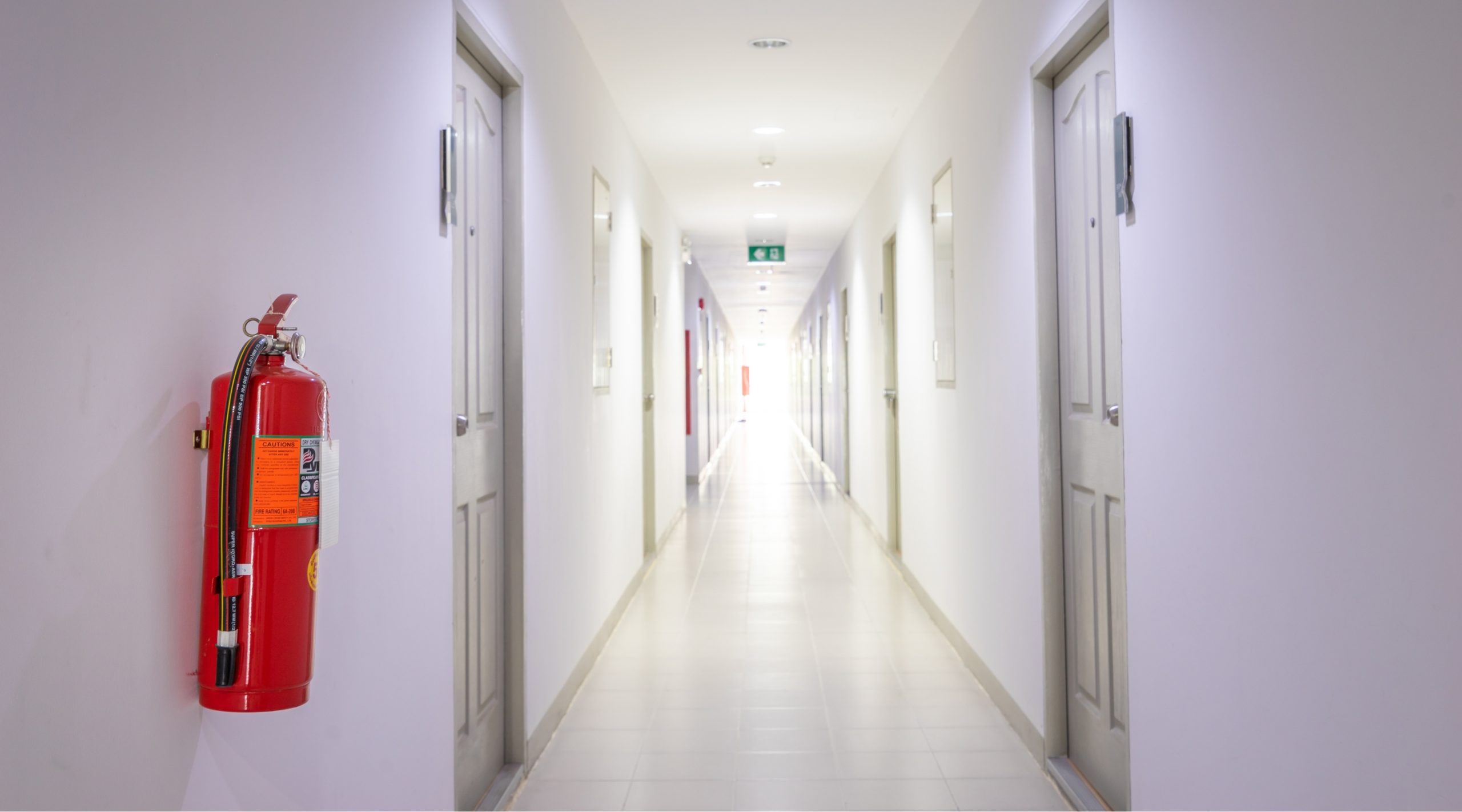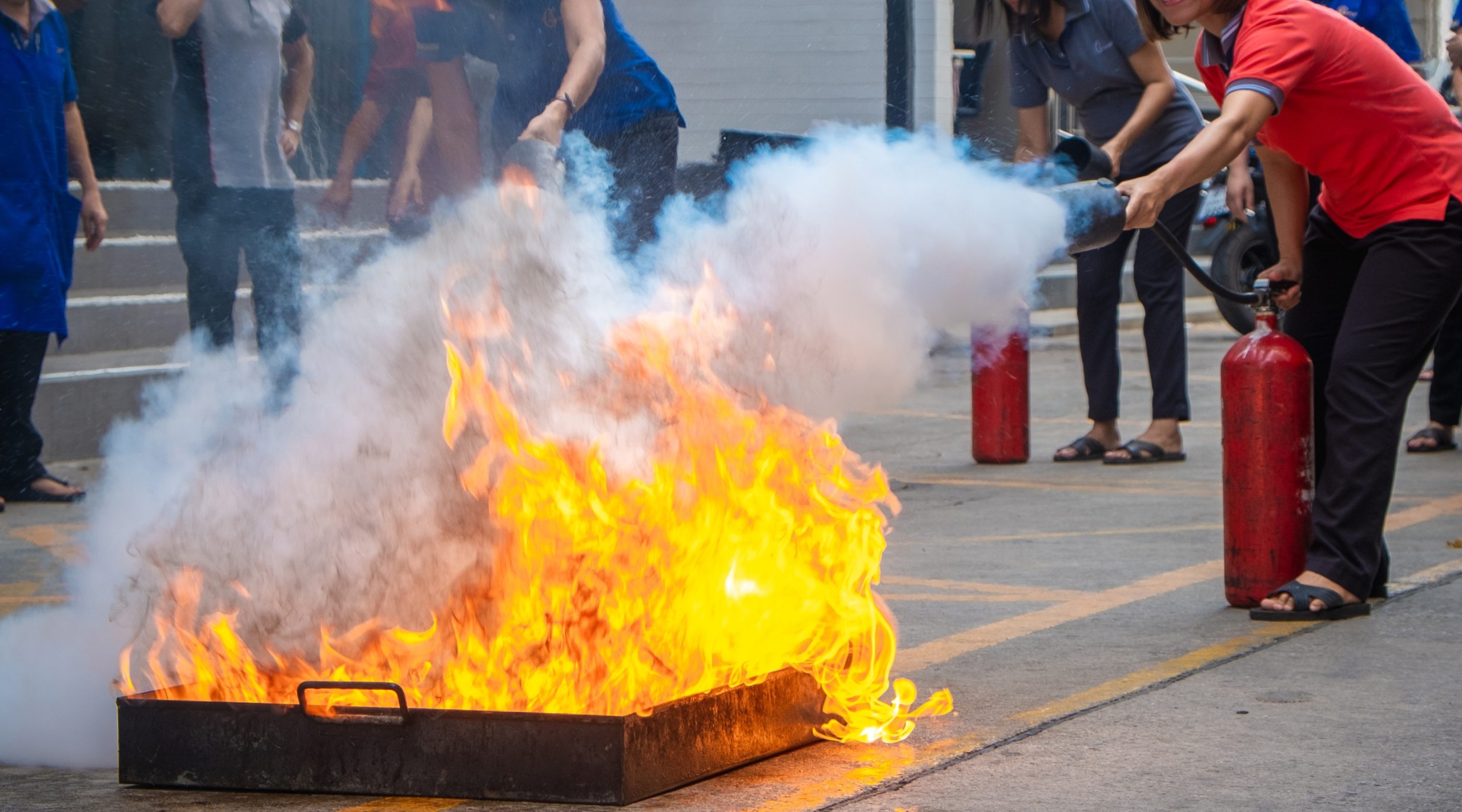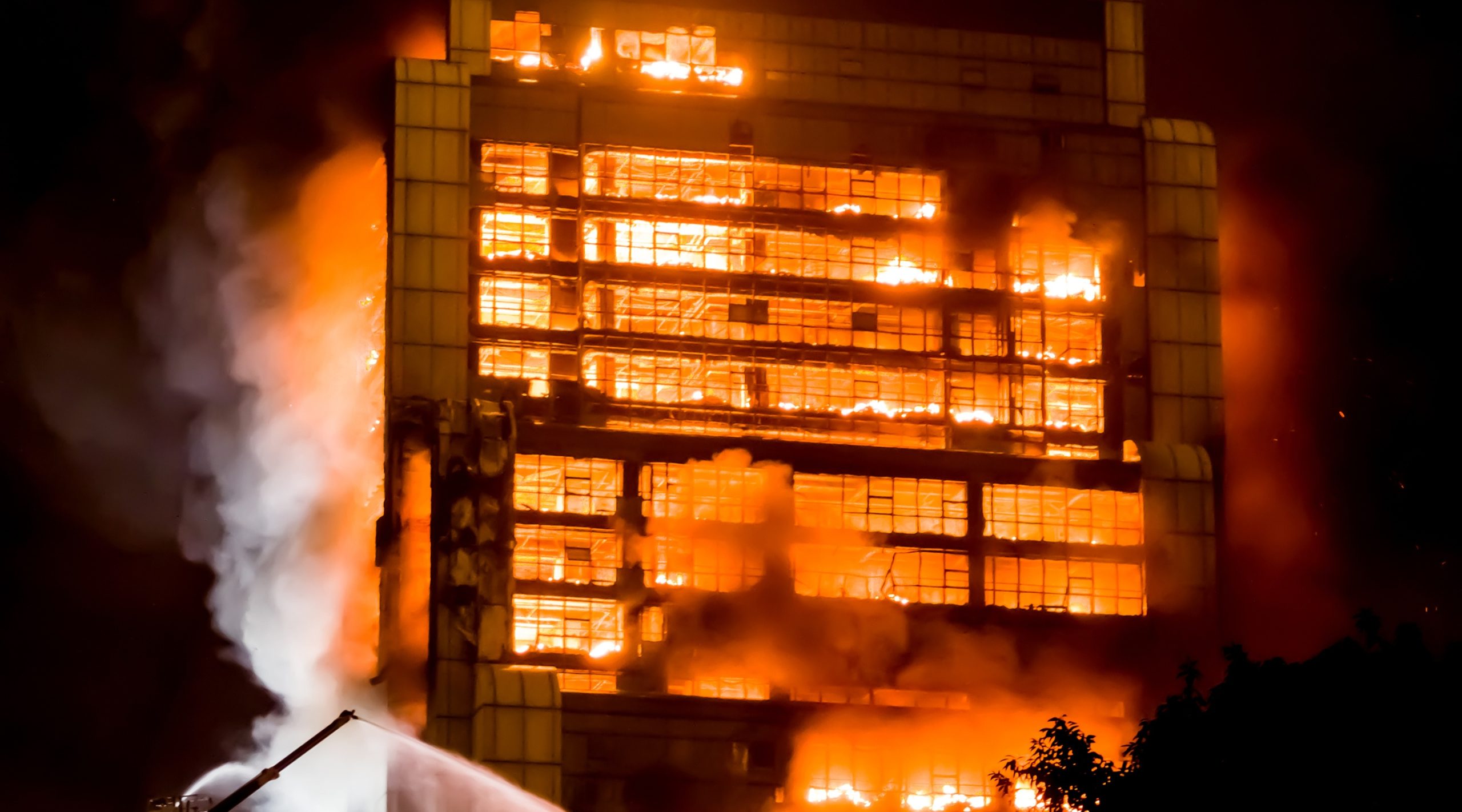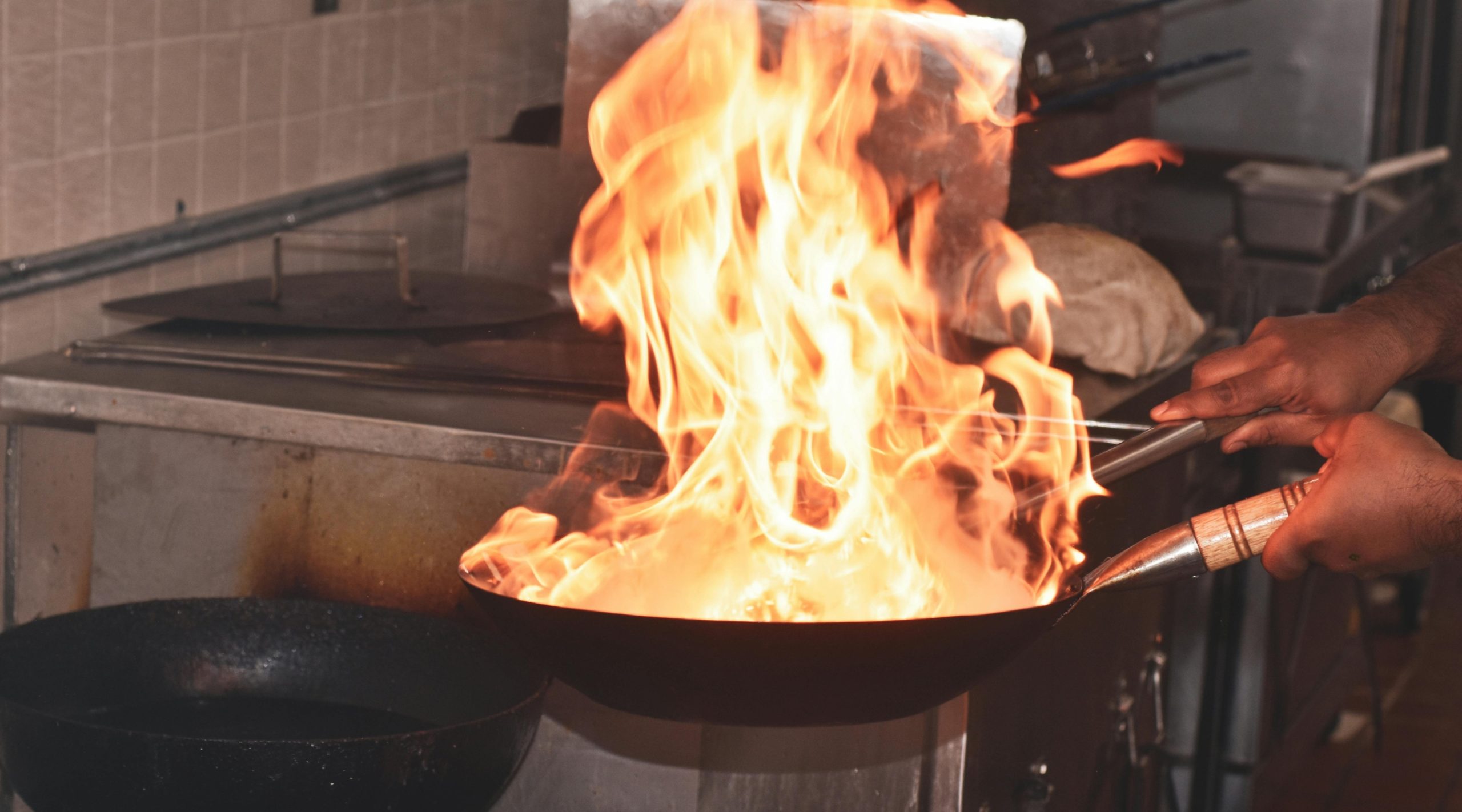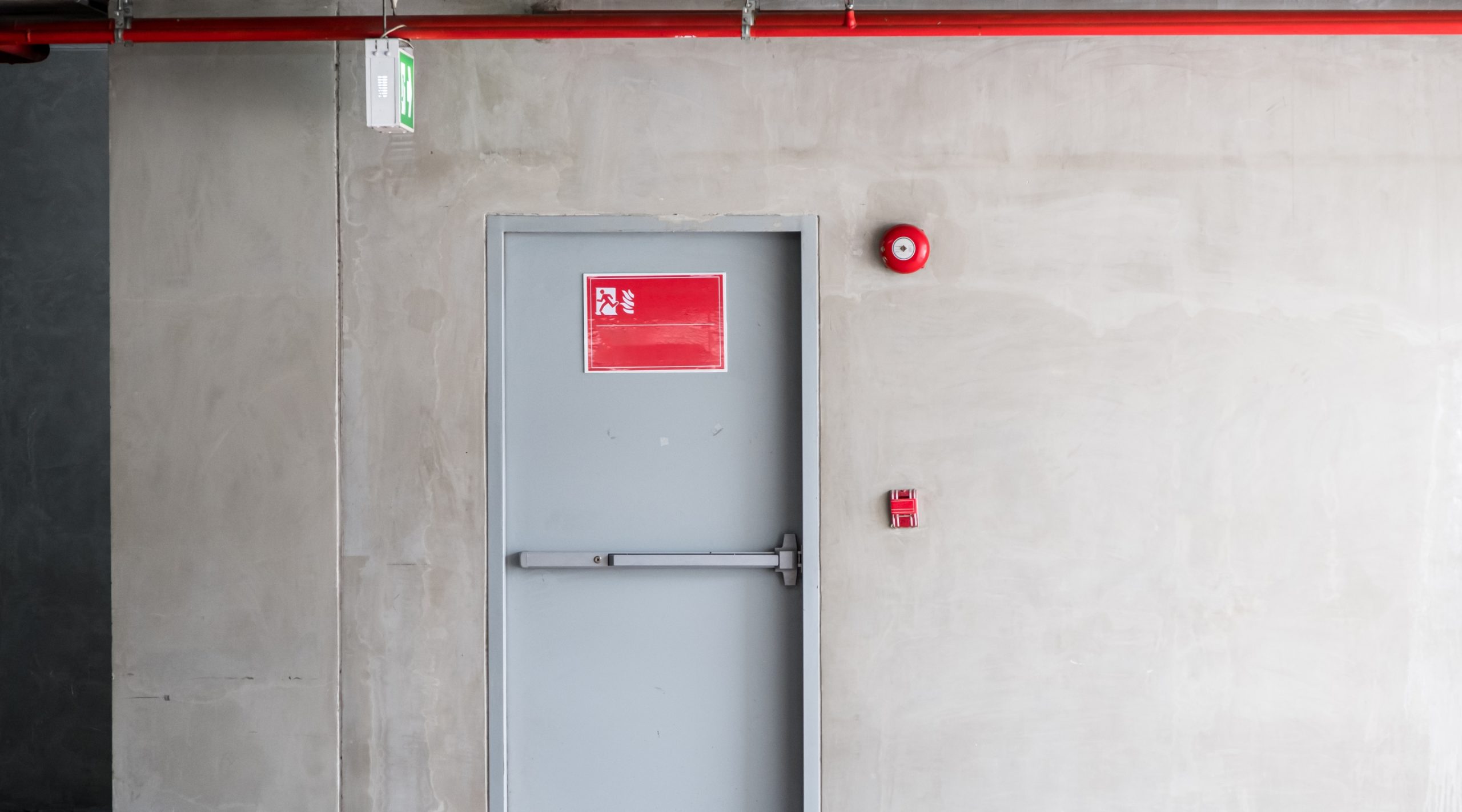Common Mistakes During Fire Extinguisher Maintenance and How to Avoid Them
Introduction
Fire extinguishers serve as the first line of defense against small fires, yet their effectiveness depends on proper maintenance. Unfortunately, many businesses and individuals make errors that compromise their functionality, leading to potential safety risks. Understanding these mistakes and taking preventive measures can ensure fire extinguishers remain reliable in emergencies.
1. Neglecting Regular Inspections
Fire extinguishers require periodic checks to confirm they are in good working condition. A common mistake is assuming they are functional without conducting monthly inspections. Without routine checks, issues such as pressure loss, blocked nozzles, or missing safety seals may go unnoticed.
How to Avoid It:
Implement a monthly inspection schedule.
Check the pressure gauge to ensure it remains within the recommended range.
Verify that the tamper seal is intact and the extinguisher is easily accessible.
2. Skipping Annual Professional Servicing
While in-house inspections are helpful, professional servicing is mandatory for compliance and long-term reliability. Some organizations overlook this requirement, assuming in-house checks suffice.
How to Avoid It:
Schedule professional servicing at least once a year with a certified fire safety technician.
Maintain records of servicing dates and recommendations for reference.
3. Ignoring Expiry Dates and Replacement Needs
Fire extinguishers do not last indefinitely. Over time, internal components may deteriorate, rendering the unit ineffective. Many users forget to check the expiration date or delay replacing outdated units.
How to Avoid It:
Identify the manufacturer’s expiry date on the extinguisher.
Replace units as per the recommended lifespan, typically every 10-15 years.
If unsure, consult a fire safety professional regarding replacement timelines.
4. Incorrect Storage and Placement
An improperly stored fire extinguisher can be difficult to access in an emergency. Common mistakes include placing them behind furniture, inside locked cabinets, or in locations prone to extreme temperatures.
How to Avoid It:
Mount fire extinguishers in visible and easily accessible areas.
Avoid placing them near heat sources or in areas where they could be obstructed.
Use appropriate signage to indicate their location.
5. Using the Wrong Type of Fire Extinguisher
Different fire extinguishers are designed for specific types of fires, including Class A (ordinary combustibles), Class B (flammable liquids), and Class C (electrical fires). Using the wrong type can be ineffective or even dangerous.
How to Avoid It:
Assess the fire risks in your environment and ensure the appropriate extinguisher type is available.
Train staff on the different classifications and their respective applications.
6. Failing to Train Employees on Proper Usage
Owning a fire extinguisher is ineffective if individuals do not know how to use it correctly. A lack of training can lead to panic, misuse, or failure to operate the extinguisher in an emergency.
How to Avoid It:
Conduct regular fire safety training for all employees.
Teach the PASS method: Pull the pin, Aim at the base of the fire, Squeeze the handle, and Sweep side to side.
Provide hands-on demonstrations and refresher courses.
7. Not Addressing Visible Damage or Wear
Dents, rust, and leaks can affect a fire extinguisher’s performance. Some users ignore minor damage, assuming it does not impact functionality, but even small issues can cause failure when needed most.
How to Avoid It:
Visually inspect extinguishers for signs of corrosion, dents, or leaks.
Immediately replace or repair damaged units.
Store extinguishers in dry environments to prevent rust and degradation.
8. Overlooking Hydrostatic Testing Requirements
Certain fire extinguishers require hydrostatic testing to ensure the cylinder remains structurally sound. Neglecting this test can result in unexpected malfunctions during emergencies.
How to Avoid It:
Check manufacturer guidelines for hydrostatic testing intervals (typically every 5-12 years, depending on the extinguisher type).
Arrange for testing through an accredited fire safety service provider.
Conclusion
Proper fire extinguisher maintenance is crucial to ensuring workplace and home safety. By avoiding these common mistakes, businesses and homeowners can enhance fire preparedness and compliance with safety regulations. Regular inspections, professional servicing, proper training, and correct storage all contribute to the reliability of these life-saving devices. Prioritizing these practices not only safeguards property but also protects lives in the event of a fire emergency.

